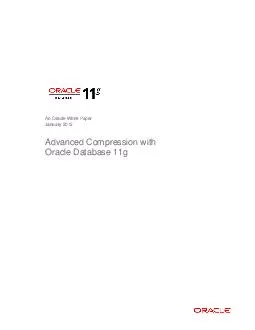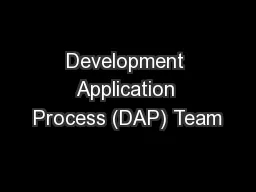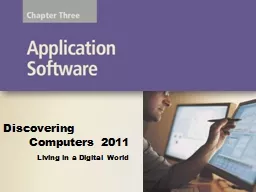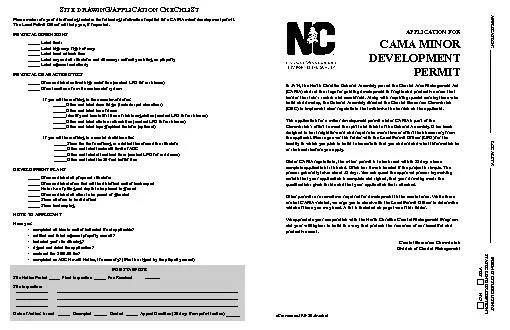
Author : pasty-toler | Published Date : 2025-05-29
Description: Chapter 25: Advanced Application Development Outline Performance Tuning Performance Benchmarks Standardization E-Commerce Legacy Systems Hardware Tuning: Choice of RAID Level To use RAID 1 or RAID 5? Depends on ratio of reads and writesDownload Presentation The PPT/PDF document "" is the property of its rightful owner. Permission is granted to download and print the materials on this website for personal, non-commercial use only, and to display it on your personal computer provided you do not modify the materials and that you retain all copyright notices contained in the materials. By downloading content from our website, you accept the terms of this agreement.
Here is the link to download the presentation.
"Chapter 25: Advanced Application Development"The content belongs to its owner. You may download and print it for personal use, without modification, and keep all copyright notices. By downloading, you agree to these terms.













